I am trying to plot a line graph with multiple lines in different colors, but not having much luck. My data set consists of 10 states and the voting turnout rates for each state from 9 elections (so the states are listed in the left column, and each subsequent column is an election year from 1980-2012 with the voting turnout rate for each of the 10 states). I would like to have a graph with the year on the X axis and the voting turnout rate on the Y axis, with a line for each state.
I found this previous answer (Plotting multiple lines from a data frame in R) to a similar question but cannot seem to replicate it using my data. Any ideas/suggestions would be immensely appreciated!

